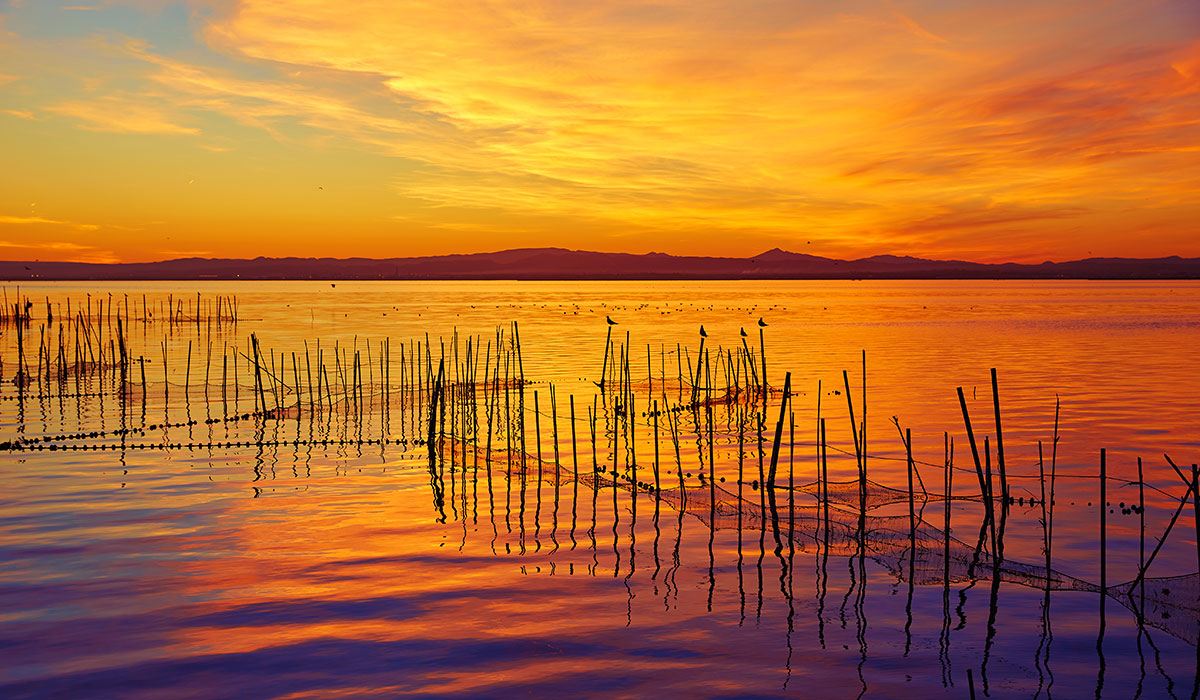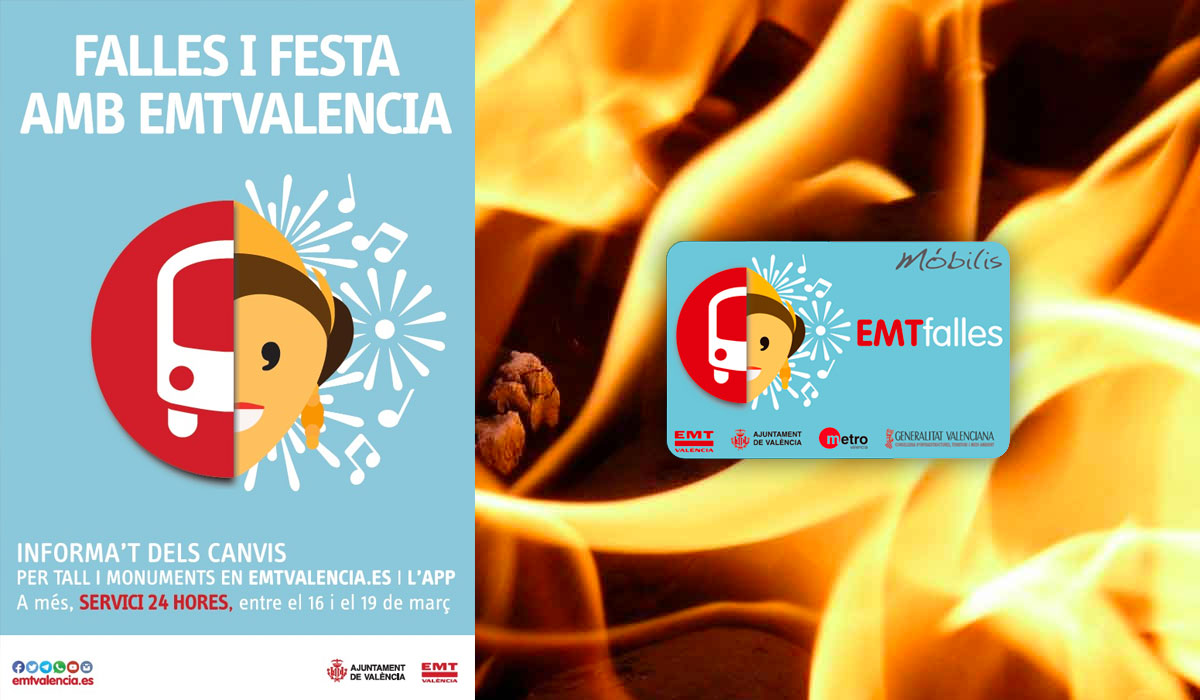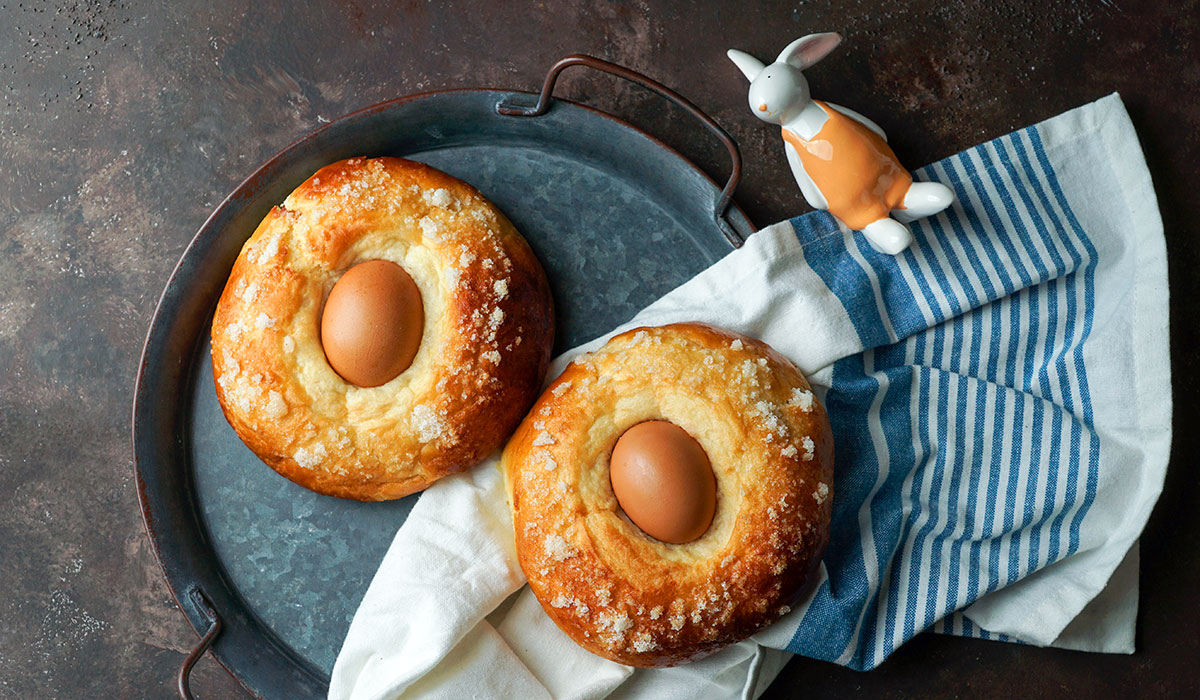Joaquín Sorolla, the great Valencian painter
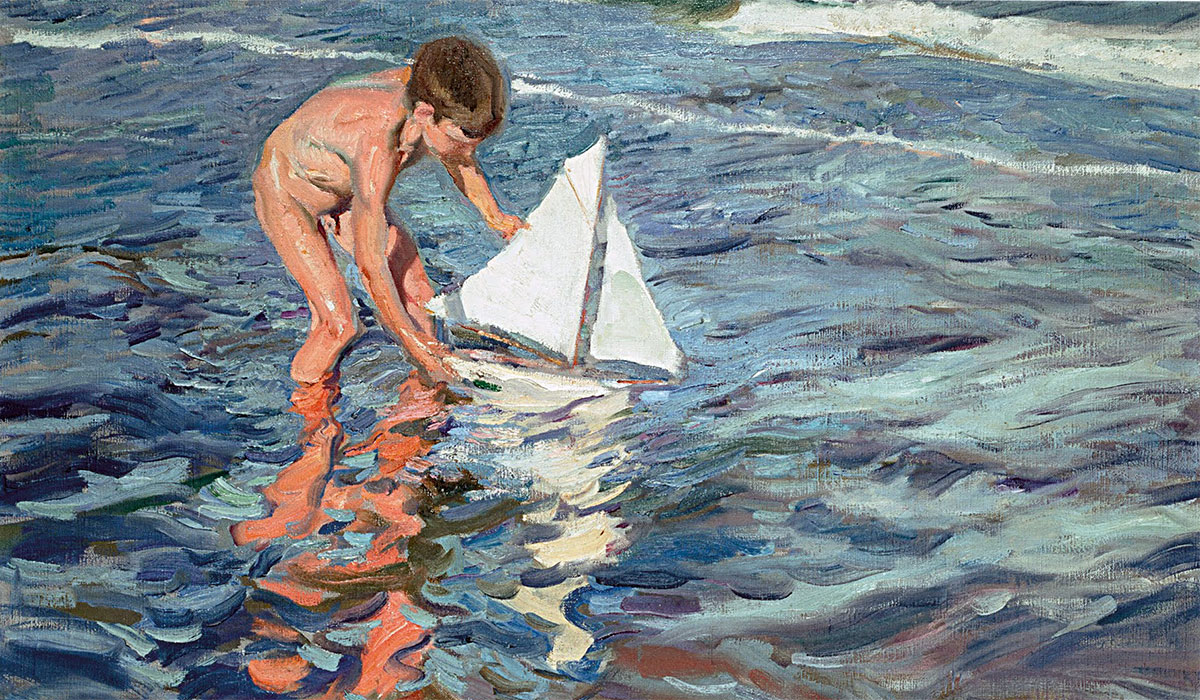
Discover the art and history of one of the best Valencian painters, Joaquín Sorolla. A great influencer of the 11th century who marks the development of contemporary art.
Joaquín Sorolla (1863) was one of the most important Valencian painters and has contributed greatly to the artistic evolution and the development of contemporary art. This impressionistic artist made more than 2,200 works of art, as an impressionist, post-impressionist and as a luminist.
He studied art at the Escuela de Artesanos in Valencia, after which he continued to develop as an artist at the Prado Museum. He also studied in Rome and in Paris, where he discovered impressionist painting.
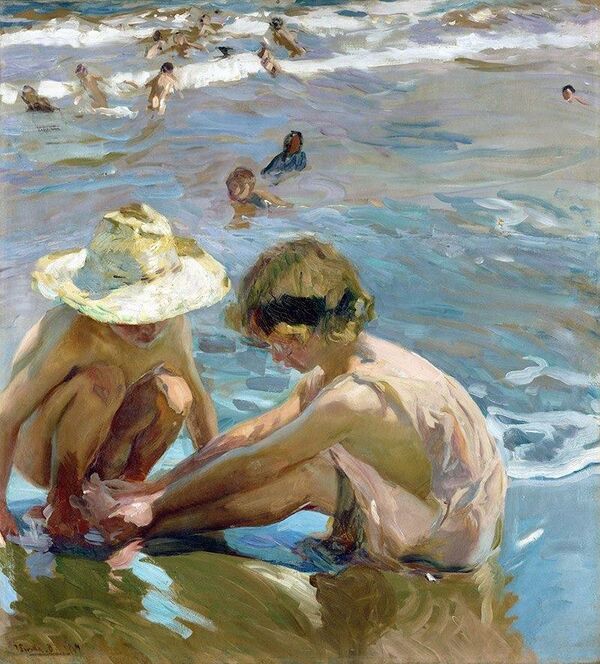
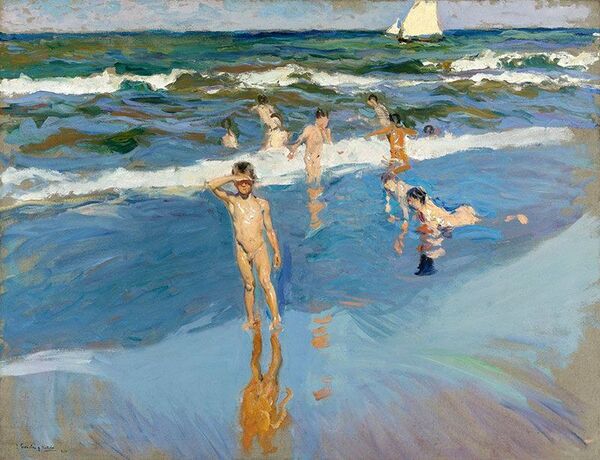
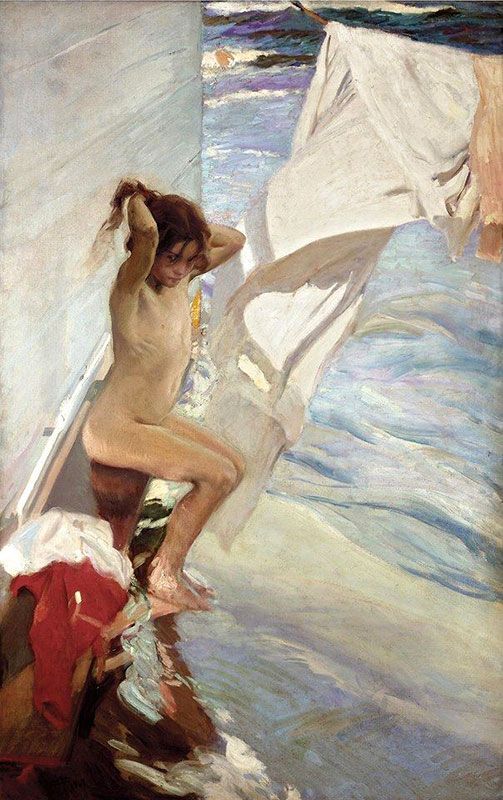
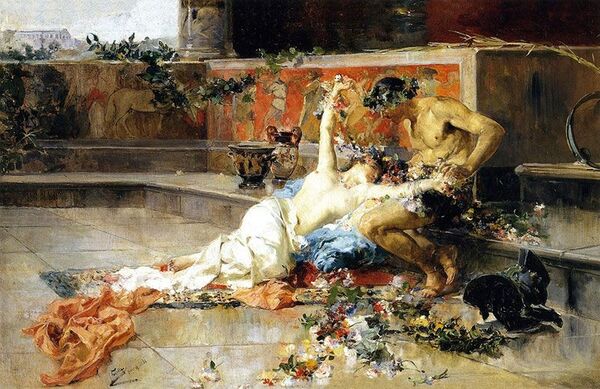
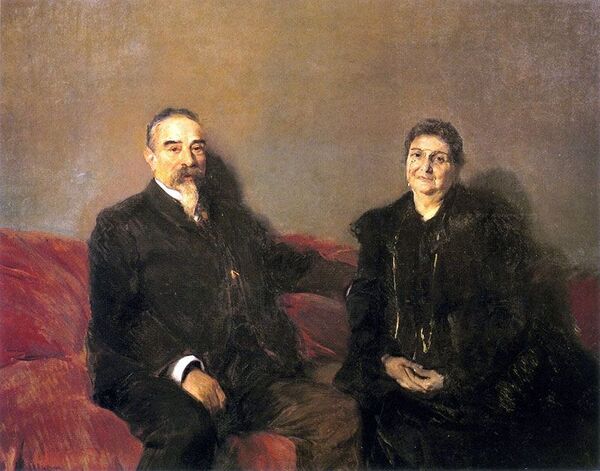





Sorolla’s career was marked by his pictorial style called “luminism”. His use of white, as one of the protagonist colours, managed to make his artworks have an unparalleled luminosity by giving them their own brand. This master of light used everyday scenes and landscapes of Mediterranean life. In this characteristic Sorolla style, the representation of the human body (naked children, woman with flowing dresses) stands out on a beach or landscape background, where reflections, shadows, transparencies, the intensity of light, and the colour re-configure the image and bring light to themes that at first glance seem inconsequential.
Sorolla’s most important contribution was the fluid and colourful brushstroke with which he developed an authentic avant-garde style, based on the cultural and philosophical concerns during that time. His greatest legacy focused on mythological, historical and social representations.
He was a very active artist, because he also painted numerous portraits of Spanish characters such as Cajal, Galdós, Machado, and some works of social denunciation under the influence of his friend Blasco Ibáñez. His pleasant style received innumerable commissions and travelled across Spanish borders, throughout Europe and the United States.
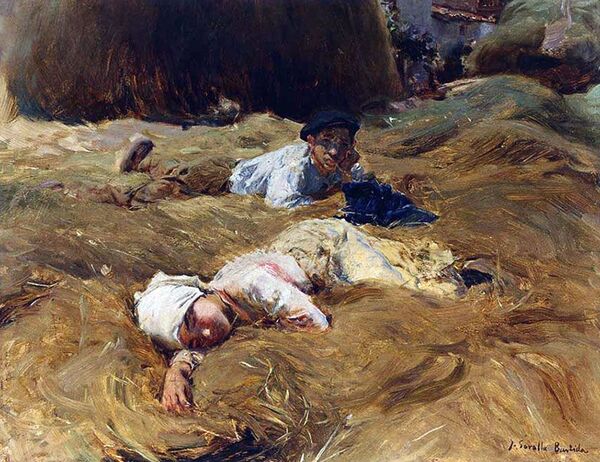
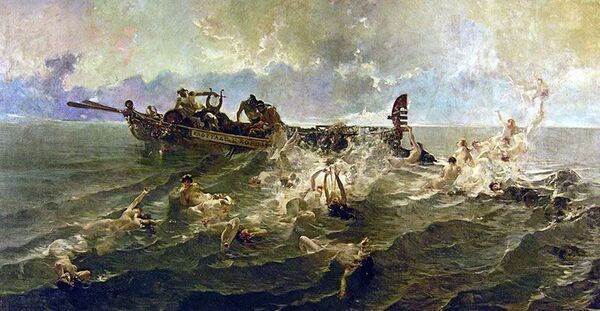
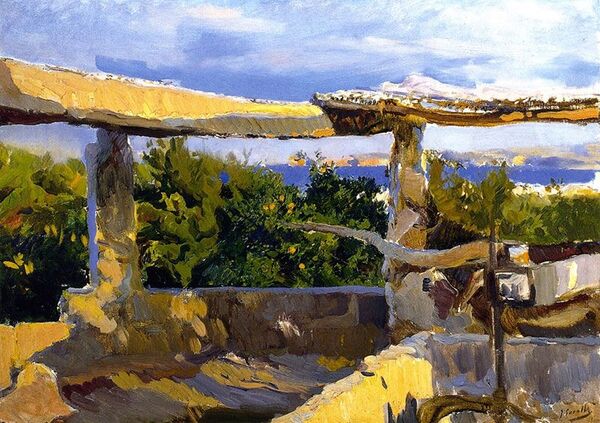
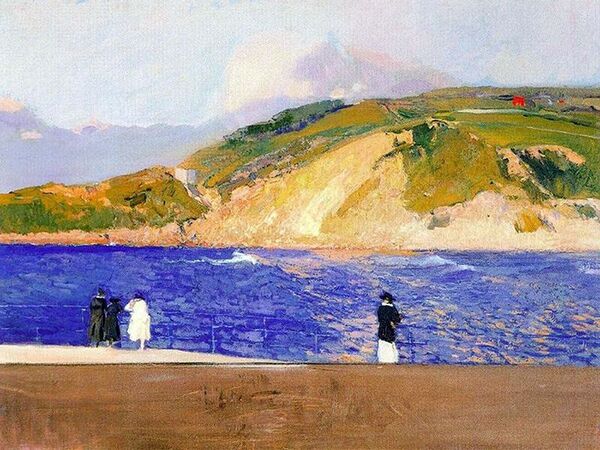
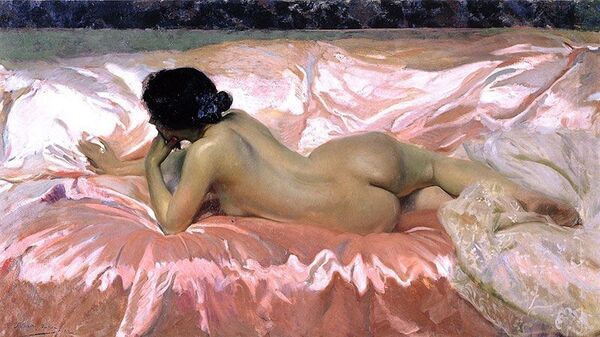





Sorolla also worked as an art professor at the Escuela de Bellas Artes in Madrid.
His artwork went through different stages:
- The training stage: during this stage his artwork included pieces like Estudio de Cristo (Study of Christ) and Niño dormido (Sleeping child).
- The consolidation stage: In this stage he created the artwork, el Retrato de Benito Pérez Galdós (Portrait of Benito Pérez Galdós), El beso de la reliquia (The kiss of the relic) and Cordeleros de Jávea
- The culmination stage: His artwork included; Las tres velas (the three sails), A la sombra de la barca (in the shadow of the boat), Paseo a orillas del mar (walk along the sea) and El pescador (the fisherman)
- The final stage: During his final stage a few pieces that he created were Jardín de la Casa Sorolla (Garden of Casa Sorolla), La Siesta and Pescadoras valencianas (Valencian fishermen), among many others.
Nowadays we can find a lot of his work in the Sorolla museum in Madrid. In the Museo del Prado, you can see his painting “Niños en la playa” (Children on the beach). Outside of Spain you can find some of his work in the Orsay Museum in Paris, the National Museum of Fine Arts in Havana and in the Metropolitan Museum of Art in New York.
He studied art at the Escuela de Artesanos in Valencia, after which he continued to develop as an artist at the Prado Museum. He also studied in Rome and in Paris, where he discovered impressionist painting.










Sorolla’s career was marked by his pictorial style called “luminism”. His use of white, as one of the protagonist colours, managed to make his artworks have an unparalleled luminosity by giving them their own brand. This master of light used everyday scenes and landscapes of Mediterranean life. In this characteristic Sorolla style, the representation of the human body (naked children, woman with flowing dresses) stands out on a beach or landscape background, where reflections, shadows, transparencies, the intensity of light, and the colour re-configure the image and bring light to themes that at first glance seem inconsequential.
Sorolla’s most important contribution was the fluid and colourful brushstroke with which he developed an authentic avant-garde style, based on the cultural and philosophical concerns during that time. His greatest legacy focused on mythological, historical and social representations.
He was a very active artist, because he also painted numerous portraits of Spanish characters such as Cajal, Galdós, Machado, and some works of social denunciation under the influence of his friend Blasco Ibáñez. His pleasant style received innumerable commissions and travelled across Spanish borders, throughout Europe and the United States.










Sorolla also worked as an art professor at the Escuela de Bellas Artes in Madrid.
His artwork went through different stages:
- The training stage: during this stage his artwork included pieces like Estudio de Cristo (Study of Christ) and Niño dormido (Sleeping child).
- The consolidation stage: In this stage he created the artwork, el Retrato de Benito Pérez Galdós (Portrait of Benito Pérez Galdós), El beso de la reliquia (The kiss of the relic) and Cordeleros de Jávea
- The culmination stage: His artwork included; Las tres velas (the three sails), A la sombra de la barca (in the shadow of the boat), Paseo a orillas del mar (walk along the sea) and El pescador (the fisherman)
- The final stage: During his final stage a few pieces that he created were Jardín de la Casa Sorolla (Garden of Casa Sorolla), La Siesta and Pescadoras valencianas (Valencian fishermen), among many others.
Nowadays we can find a lot of his work in the Sorolla museum in Madrid. In the Museo del Prado, you can see his painting “Niños en la playa” (Children on the beach). Outside of Spain you can find some of his work in the Orsay Museum in Paris, the National Museum of Fine Arts in Havana and in the Metropolitan Museum of Art in New York.



